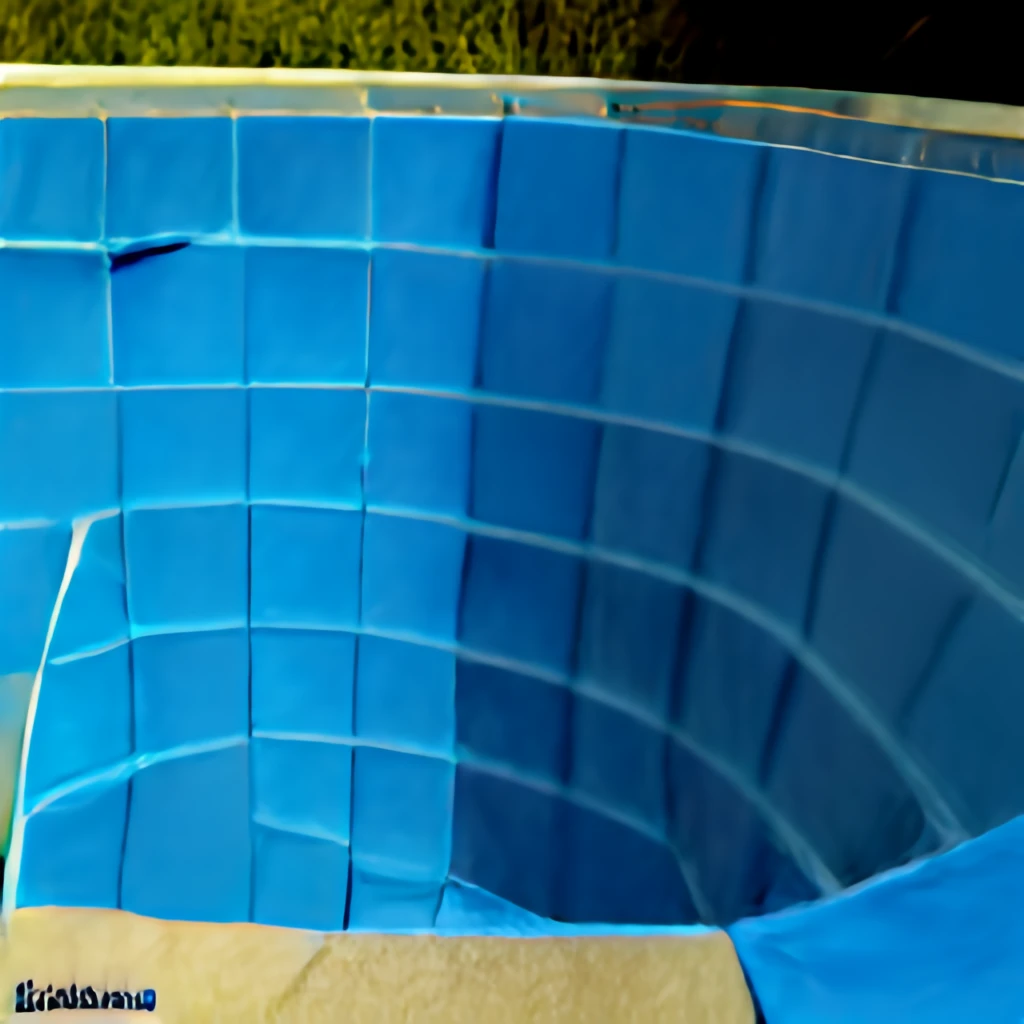Keeping your pool’s filtration system running smoothly is essential for maintaining clean, swimmable water. The most common type of pool filter is the sand filter, which uses sand or a special filter media to trap dirt, debris, and other contaminants. Over time, this media can become clogged, reducing the filter’s efficiency.
If you notice your pool’s water is looking cloudy or the filter pressure is higher than normal, it’s likely time to clean or backwash the filter. Start by checking the pressure gauge – if it’s 8-10 PSI higher than the starting/clean pressure, it’s time to backwash. This reverses the flow of water through the filter, flushing out the trapped particles.
Another issue that can arise is a broken or leaking valve. The multiport valve on top of the filter controls the different functions, like filtering, backwashing, and rinsing. If this valve is cracked or not sealing properly, it can cause water leaks and improper operation. Replacing the valve is usually a straightforward repair.
In some cases, the filter media itself may need to be replaced entirely. Over time, the sand or other filter media can become worn down, reducing its ability to trap contaminants. This is an easy DIY job – simply drain the filter, remove the old media, and refill it with the recommended type and amount of new media.
If you’ve tried backwashing and changing the media, but are still seeing issues, there may be a problem with the pump or other components of the filtration system. A pool repair professional can diagnose and address more complex problems to get your filter running at peak efficiency again.
With some basic troubleshooting and maintenance, you can keep your pool’s filtration system in top shape all season long. Don’t wait until you have a major issue – stay on top of regular filter cleanings and inspections to avoid bigger, costlier problems down the road.
